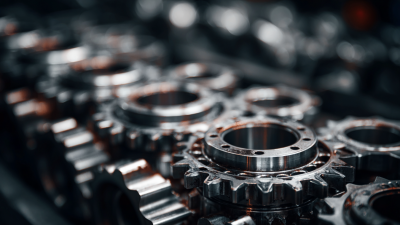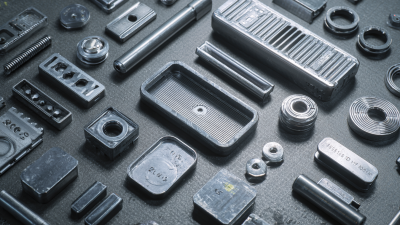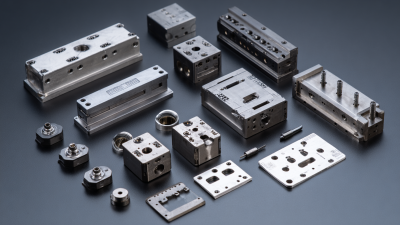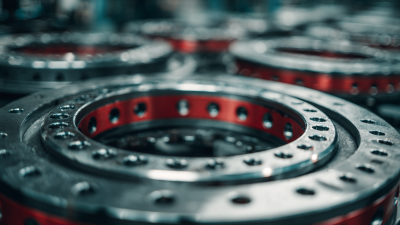Choosing the right automotive metal stamping parts is crucial for maintaining the performance and longevity of your vehicle. According to the latest industry reports, the automotive stamping market is expected to grow significantly, reaching a value of approximately $40 billion by 2026, driven by the rising demand for lightweight materials and advanced manufacturing techniques.
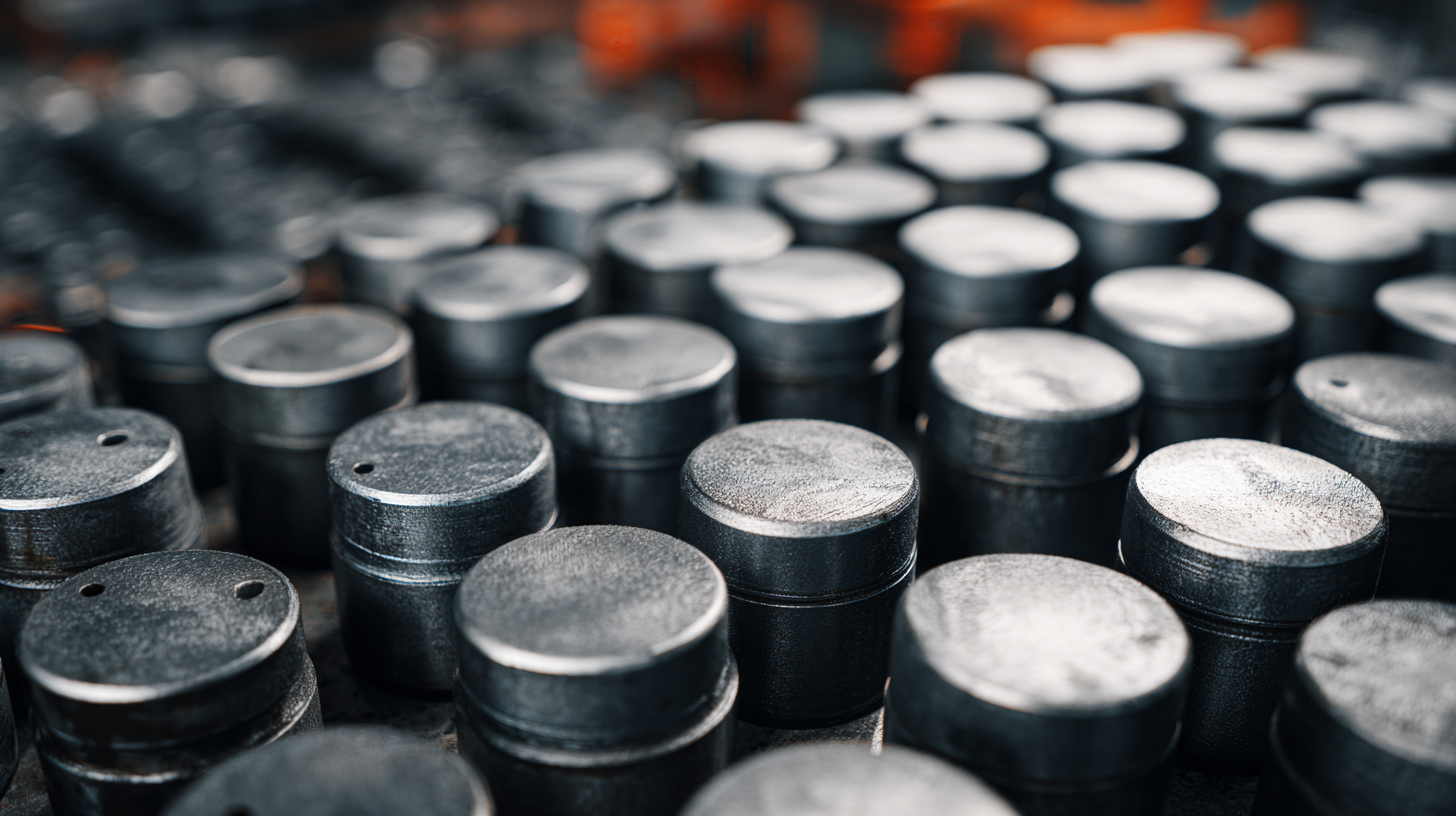 Automotive metal stamping parts play an integral role in the production of various vehicle components, ensuring they meet stringent quality and safety standards. As vehicles become more sophisticated, selecting the appropriate stamping parts can enhance vehicle reliability, improve fuel efficiency, and reduce manufacturing costs. With a plethora of options available in the market, understanding the materials, processes, and specifications involved in automotive metal stamping is essential for making informed purchasing decisions that align with both performance and budget considerations.
Automotive metal stamping parts play an integral role in the production of various vehicle components, ensuring they meet stringent quality and safety standards. As vehicles become more sophisticated, selecting the appropriate stamping parts can enhance vehicle reliability, improve fuel efficiency, and reduce manufacturing costs. With a plethora of options available in the market, understanding the materials, processes, and specifications involved in automotive metal stamping is essential for making informed purchasing decisions that align with both performance and budget considerations.
When selecting the appropriate automotive metal stamping parts for your vehicle, it's essential to understand the variety of options available. Automotive metal stamping encompasses several components tailored for specific functions, such as brackets, chassis parts, and panels. These parts are typically made from high-strength materials like steel or aluminum, and they vary in thickness and design, which can impact performance and durability.
One of the principal types of automotive metal stamping parts is structural components, which provide support and integrity to the vehicle's structure. Another category includes exterior body parts, like fenders and hoods, designed to enhance aesthetic appeal while also contributing to the vehicle's aerodynamics. Additionally, interior stamping parts, including brackets and reinforcements, play critical roles in securing various systems and assemblies within the cabin. Understanding these distinctions allows vehicle owners and manufacturers to make informed decisions when sourcing metal stamping parts, ensuring compatibility and reliability for their automotive needs.
This chart illustrates the distribution of different types of automotive metal stamping parts commonly used in vehicle manufacturing.
When selecting automotive metal stamping parts, evaluating material options is crucial for ensuring both durability and performance. The most common materials used in metal stamping include steel, aluminum, and various alloys. Steel is renowned for its strength and resilience, making it ideal for components that demand high tensile strength and durability against wear. When parts are exposed to extreme conditions, such as high temperatures or corrosive environments, selecting stainless steel or coated variants can significantly enhance longevity.
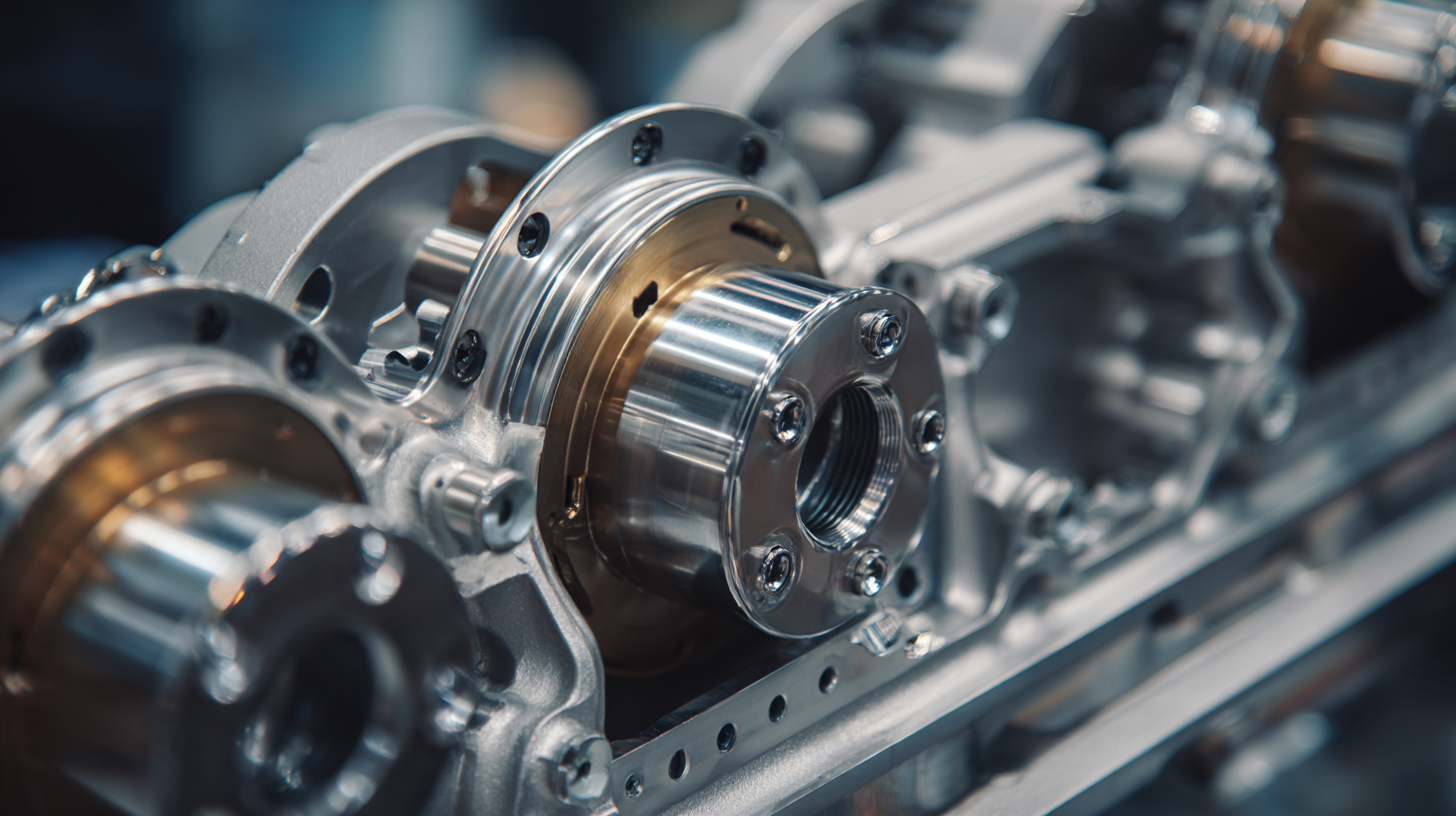
On the other hand, aluminum provides advantages such as lightweight properties and excellent resistance to corrosion. These characteristics make aluminum a popular choice for components in vehicles where fuel efficiency is prioritized. Additionally, the use of advanced alloys can offer a balance between weight reduction and strength, allowing manufacturers to create parts that withstand stress while minimizing overall vehicle weight. Understanding the specific requirements of your vehicle and how different materials respond under various conditions is essential to making an informed choice.
When choosing automotive metal stamping parts for your vehicle, it is crucial to assess the precision and tolerance levels required for optimal performance. Precision in component manufacturing directly influences the overall functionality and reliability of vehicles. For instance, studies highlight that even slight deviations in the tolerance levels of stamped parts can lead to significant discrepancies in assembly and performance, potentially affecting safety and durability. Industry reports indicate that components manufactured with precision tolerances of ±0.01 mm can vastly improve the operational efficiency of electric vehicle batteries, resulting in enhanced driving range and reduced energy consumption.
In the context of automotive innovations, particularly with the rise of electric vehicles (EVs), the demand for high-precision stamping is ever-growing. A comprehensive analysis of battery state of health evaluation showcases how deep learning methodologies are employed to better understand and predict battery performance, an aspect highly reliant on the precision of the interrelated components. Additionally, the integration of advanced technologies like machine learning not only streamlines the manufacturing process but also ensures that the automotive parts used meet the stringent standards required for safety and functionality in various driving conditions. As the automotive landscape evolves, prioritizing precision and tolerance in component selection will be fundamental to maintaining vehicle performance and enhancing user experience.
When selecting automotive metal stamping parts for your vehicle, researching reliable manufacturers and their service offerings is crucial. Begin by identifying manufacturers with a proven track record in the industry. Look for companies that specialize in automotive components and have experience working with various vehicle models. Checking their certifications, such as ISO or TS16949, can also provide insight into their commitment to quality and adherence to industry standards.
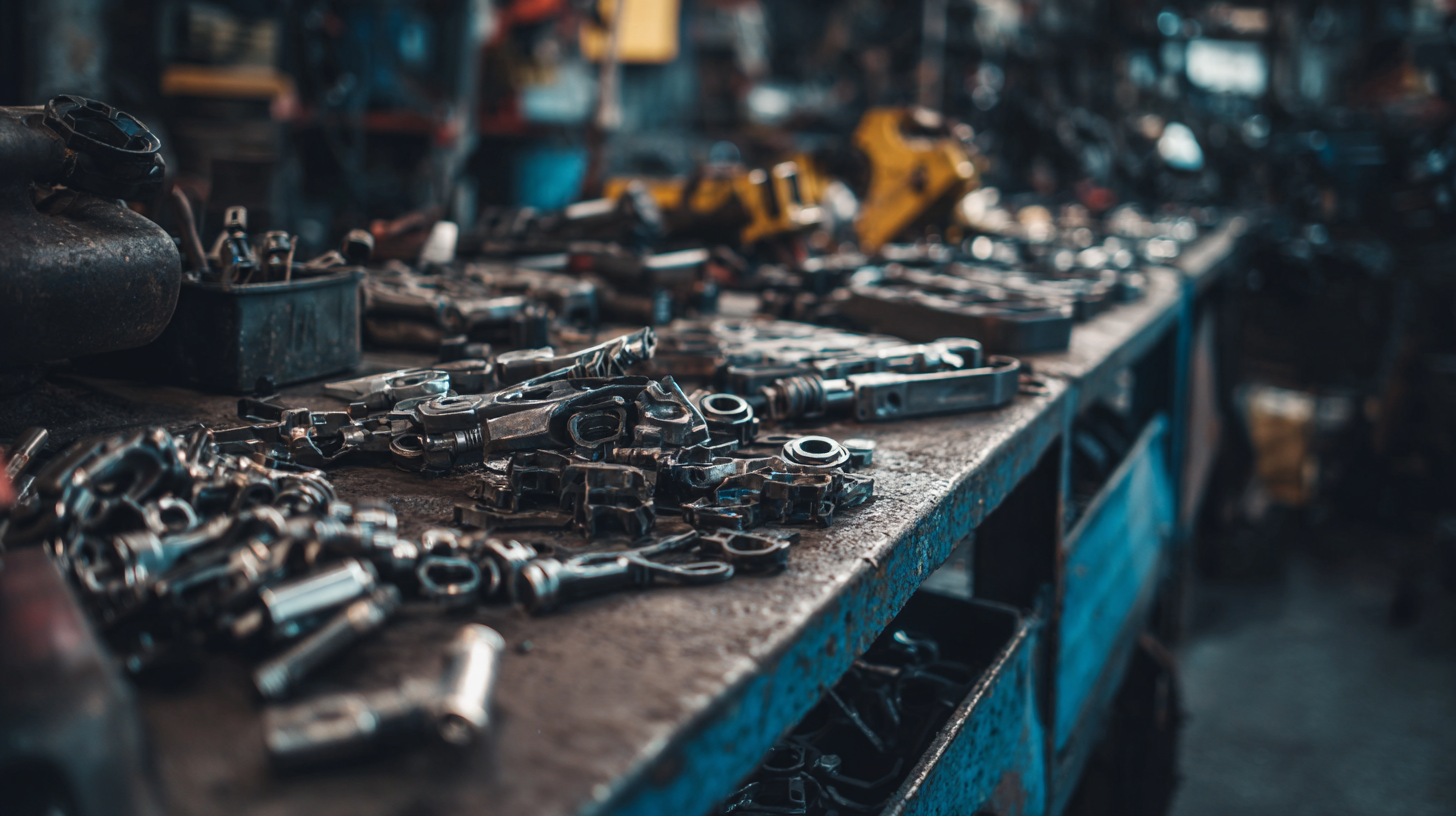
Next, evaluate the service offerings provided by these manufacturers. A reliable manufacturer should offer comprehensive services, including design assistance, prototyping, and customization. This ensures that the parts not only fit your vehicle perfectly but also meet any specific performance requirements. Additionally, investigate the manufacturer's ability to handle high-volume production while maintaining consistency and quality control. Reading customer reviews and case studies can further help gauge the reliability and reputation of the manufacturer, ultimately leading you to make an informed decision for your automotive needs.
When selecting the right automotive metal stamping parts for your vehicle, cost-effectiveness is a crucial factor to consider. The price of parts can vary significantly based on region, availability, and supplier networks. It's essential to research local vendors or manufacturers who can provide competitive pricing without compromising on quality. Bulk purchasing might also be an option to reduce costs, ensuring that you get the best value for necessary components.
In addition to cost, the availability of parts in your region can greatly affect your decision. Local suppliers can offer quicker turnaround times and reduce shipping costs that might arise from ordering parts from distant locations. Moreover, sourcing parts locally can enhance collaboration with vendors who better understand the regional market's needs and trends. By considering both cost-effectiveness and proximity, vehicle owners can make informed decisions that support their budget while ensuring the reliability of the parts they choose for their automotive needs.
